
Defense Systems Multiple Organ Systems Battle Pathogens

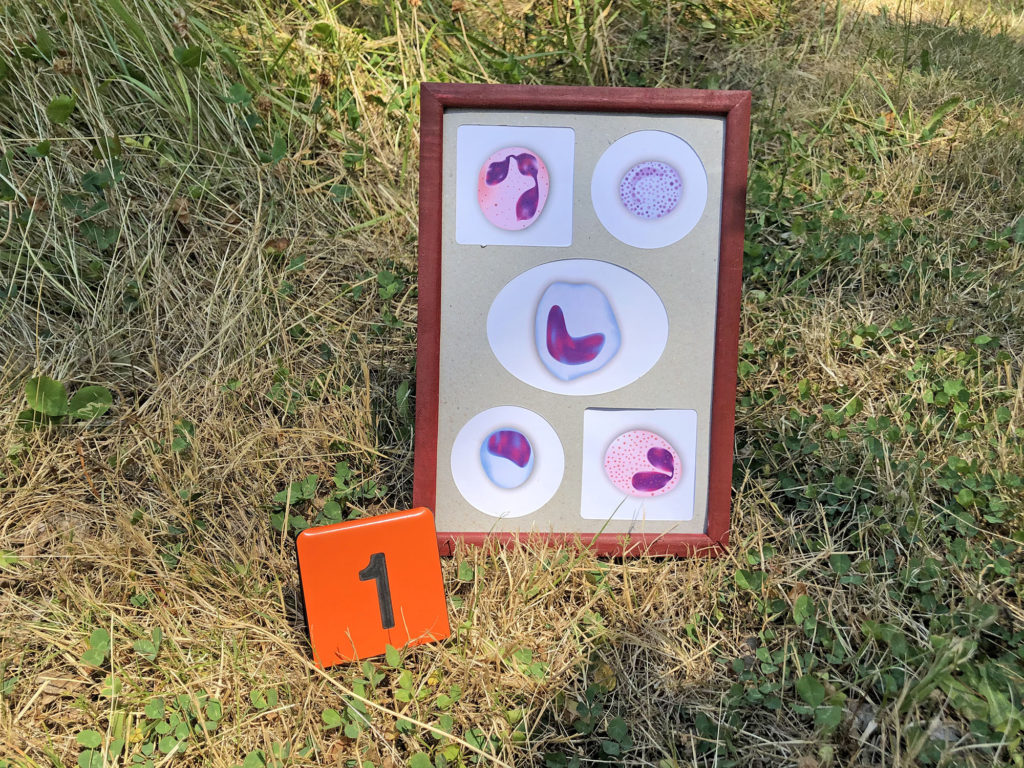
Defense Systems Objectives
- Explain how the integumentary system, cardiovascular system, skeletal system, and lymphatic system play a role in defense.
- Describe the two non-specific innate defenses and the two specific acquired defenses.
- Sketch and label the processes of inflammation as well as the two specific defenses, cell-mediated and antibody-mediated immunity.
The body’s defenses against pathogens are often called the “immune system.” However, there is no single immune system like the other organ systems we have been covering in this course. The body has multiple defenses against pathogens, involving multiple organ systems.
Our defenses are complex, to say the least. It will take us two webpages to go through the basics. This will enable us to address what the body needs to do to defend us against pathogens like SARS-CoV-2 (COVID).
This video provides an overview of the human defenses against pathogens and parasites.
Here are four organ systems involved in the response against pathogens.
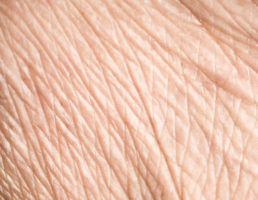
Integumentary System

Skeletal System
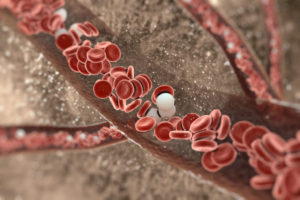
Cardiovascular System
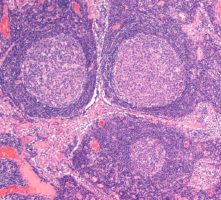
Lymphatic System
These organ systems form four lines of defense
Two non-specific and two specific defenses.
This is a quick look at the four basic defenses, two that are non-specific (barriers and inflammation) and two that are specific involving T Lymphocytes (T cells) killing infected cells and B lymphocytes (B cells) producing antibodies.
For this Guide’s first journal assignment (next webpage), you will be sketching and labeling the four lines of defense. We will go through them one-by-one.
Two lines of defense are non-specific, pre-programmed and similar responses to any potential pathogen.
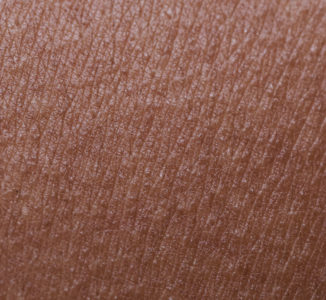
Barriers
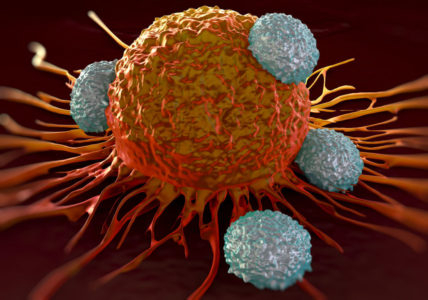
Inflammation
Barriers (non-specific defense)
The skin is a very effective barrier, but even shallow abrasions to the epidermis could lead to an infection.
Mucus is a critical barrier secretion in the respiratory system, but excessive mucus can result in a variety of disorders, including sinusitis.
Inflammation (non-specific defense)
Innate inflammation and the two acquired forms of immunity (cell-mediated and antibody-mediated) involve white blood cells. This video recalls the five basic types of wbcs.
The role of white blood cells in the inflammation is discussed in the next two videos.
For the quiz question from this page, you will be asked to explain each step of inflammation from wounded cells to clean-up by the white blood cells. You can submit a written story response, but many people prefer to make a labeled sketch. You can work on either of these while watching the videos.
This poster summarizes the non-specific defenses of barriers and inflammation. It also adds antimicrobial proteins that are often released during inflammation responses.
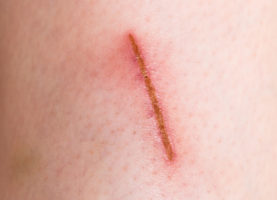
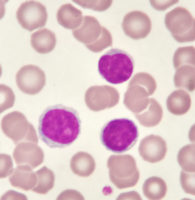
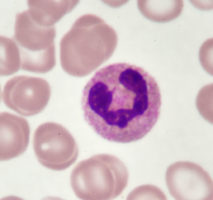
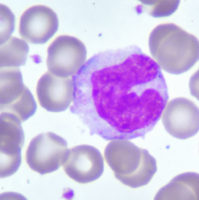
Which suffix is added to a word to indicate an inflammatory disease? -____
List as many inflammatory diseases as you can remember from the course so far. There have been quite a few!
Two forms of Specific Immunity
Now it gets personal!
To recognize a pathogen, specific types of lymphocytes have to be able to recognize antigens, surface molecules that are distinctly different than the molecules on our own individual cells.
Two Specific (Acquired) Lines of Defense
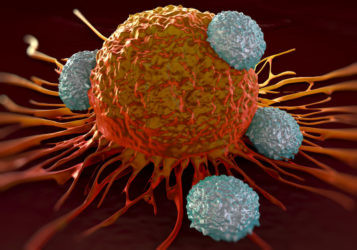
Cell-Mediated Immunity
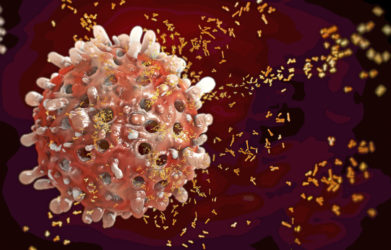
Antibody-Mediated Immunity
Cell-Mediated Immunity (specific defense)
In this section we are focusing on cell-mediated immunity.
This poster summarizes the cell-mediated immune response.
Specific Cell-Mediated Immunity
Here are the details of how lymphocytes can kill cells infected by a specific pathogen.
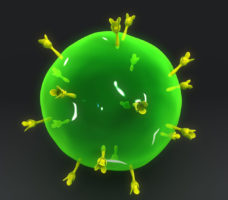
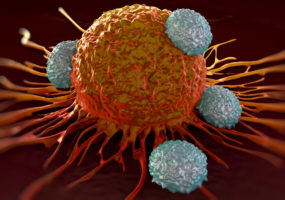
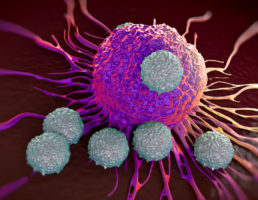
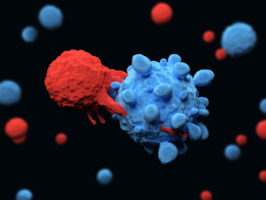
Antibody-Mediated Immunity (specific defense)
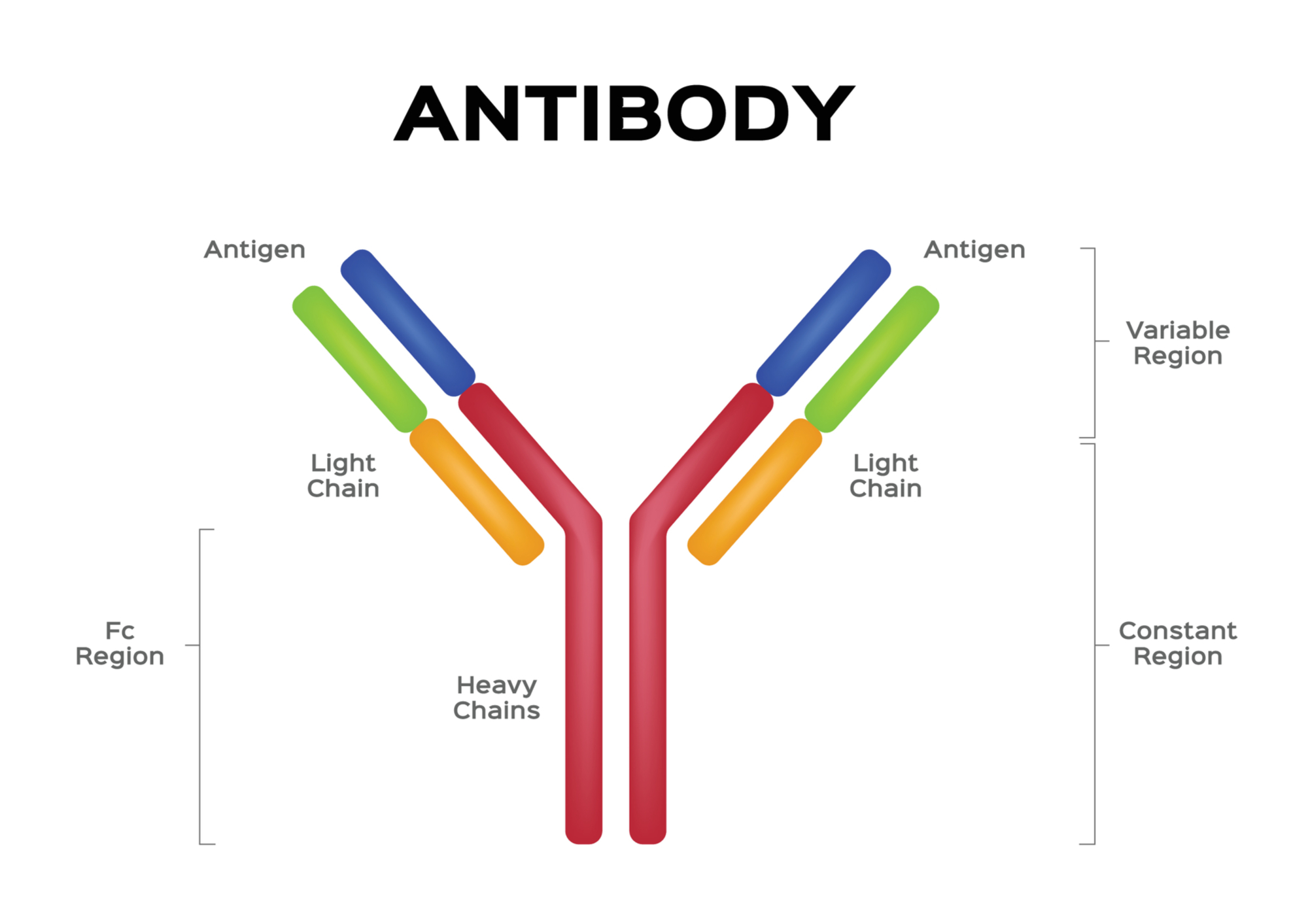
Antibodies are proteins that adhere to the antigens on the surface of a pathogen. This is a specific fit, like a key in a lock.
The previous section focused on cell-mediated immunity. This section focuses on the other acquired and specific response: antibody-mediated immunity.
This poster summarizes the antibody-mediated response.
Specific Antibody-Mediated Immunity
Here are the details of how lymphocytes can produce antibodies to attack specific pathogens.
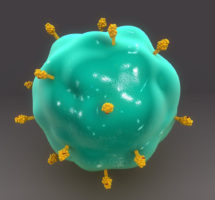
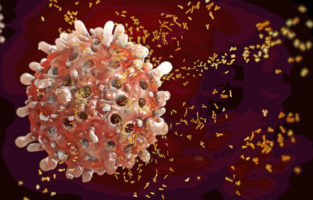
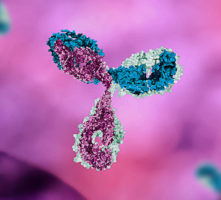
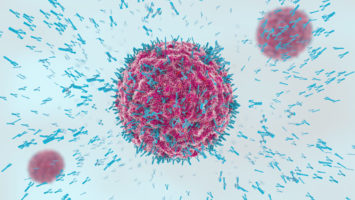
In news related to COVID-19, there is mention of a “cytokine storm.” From the videos, why are cytokines important? A cytokine storm indicates that the body’s reaction against SARS-CoV-2 is so strong, there can be an excessive immune response that may itself be damaging.
Antibody tests may indicate whether a person has responded to SARS-CoV-2. It does not indicate whether they have sufficient memory cells to have a rapid response if they re-encounter the virus. Research is ongoing as to how effectively memory cells are formed against the coronavirus.
The following vocabulary list may assist in understanding this guide’s material as well as the continuing COVID-19 news stories that emerge as researchers study the disease.
Vocabulary
Pathogen: a virus, bacterium, or protist that can cause disease.
Antigen: molecules on a surface of a pathogen that are different than the markers on all of your own cells.
Infected Cell: a cell being attacked by a pathogen. For example, a respiratory epithelial cell that is infected by the influenza virus.
Chemical Signals: a variety of molecules communicate information between cells. Wounded and infected cells releases chemical signals that trigger the inflammation process. White blood cells also communicate with chemical signals.
Macrophage: a monocyte that has become a “big eater,” consuming debris and pathogens. The macrophage can remove the antigens from the surface of a pathogen and “present” these antigens to the helper T cell.
Helper T cell: a cell with the ability to recognize an antigen and communicate its structure through chemical signals to other T cells and B cells, educating them on what to destroy.
Cytotoxic (killer) T cell: once educated by the helper T cell, immature/naive T cells can seek out and destroy cells infected with that specific pathogen.
Memory T cell: some educated T cells hold back and do not turn cytotoxic until the pathogen re-enters the body at a later date.
Plasma B cell: immature (naive) B cells can be activated by helper T cells or by directly encountering a pathogen. Many turn into Plasma B cells that pump out antibodies that attach to specific antigens.
Antibody: a small Y-shaped molecule that attaches to the antigens on the surface of a specific pathogen. These antibodies can stick the pathogen into a ball that is consumed by the macrophage.
Memory B cell: some educated B cells hold back and do not turn into plasma B cells until the pathogen re-enter the body.
Suppressor T cell: a group of cells, also called regulatory T cells, that slow down the white blood cells response once the pathogen has been eliminated.
With so many critical steps in our defenses, there are many things that can go wrong. The next section summarizes this page and introduces immune disorders.
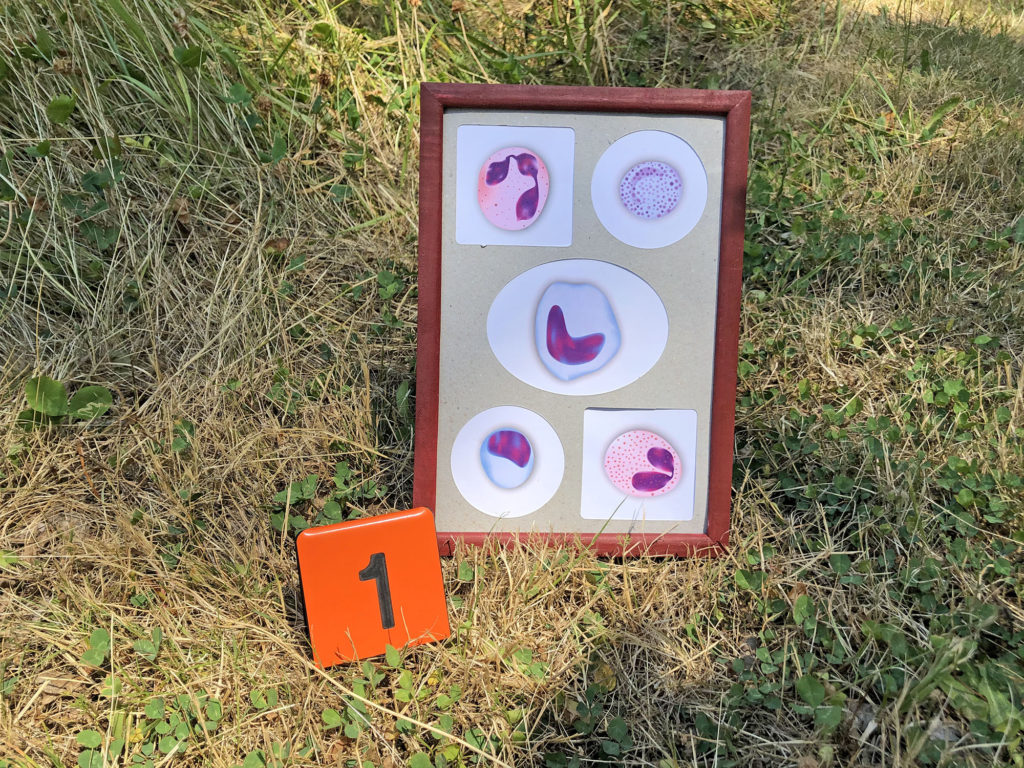
Check your knowledge. Can you:
- explain how the integumentary system, cardiovascular system, skeletal system, and lymphatic system play a role in defense?
- describe the two non-specific innate defenses and the two specific acquired defenses?
- sketch and label the processes of inflammation as well as the two specific defenses, cell-mediated and antibody-mediated immunity?



